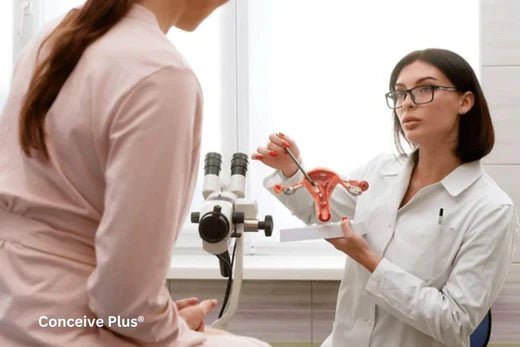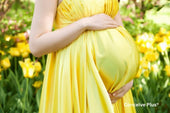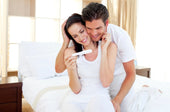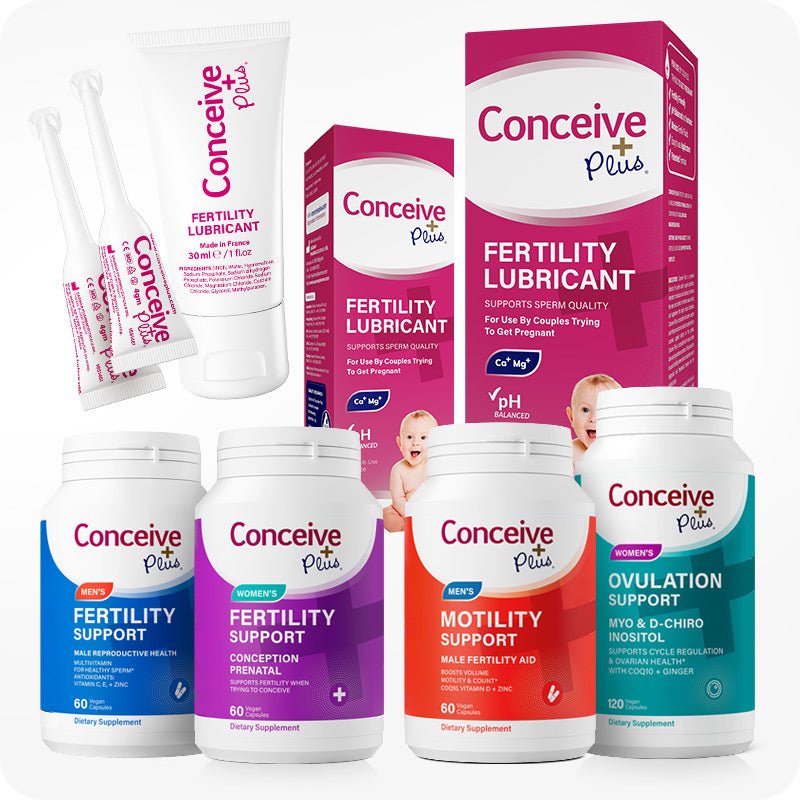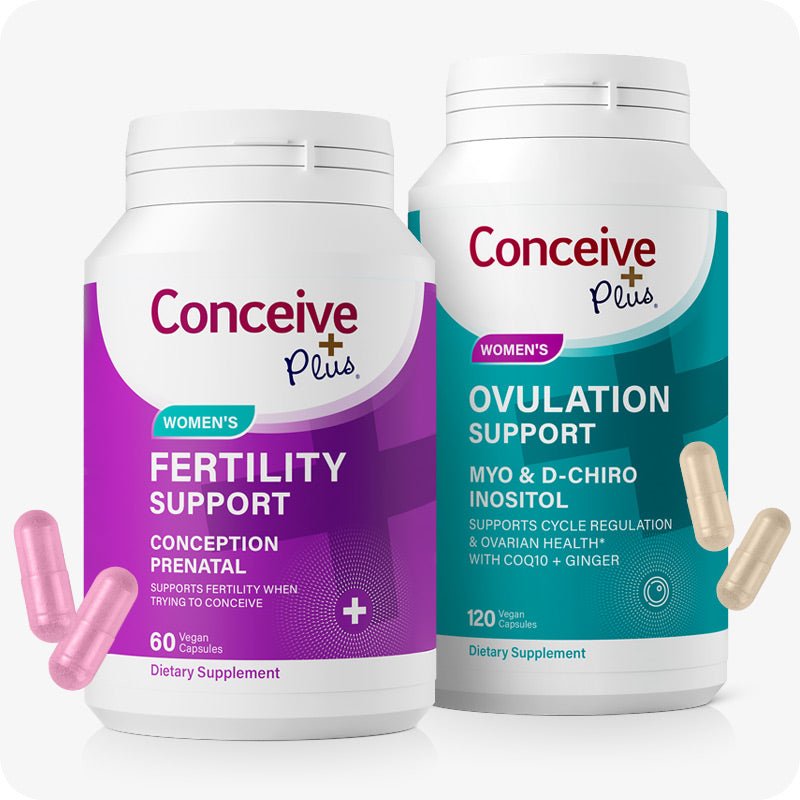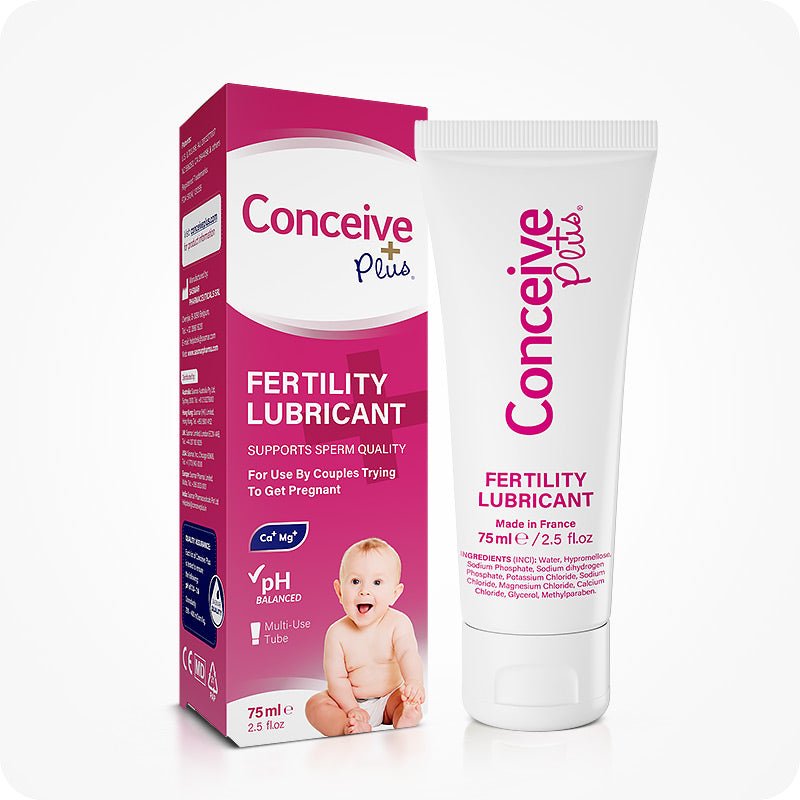26 Day Menstrual Cycle Getting Pregnant: Navigating The Pregnancy Journey
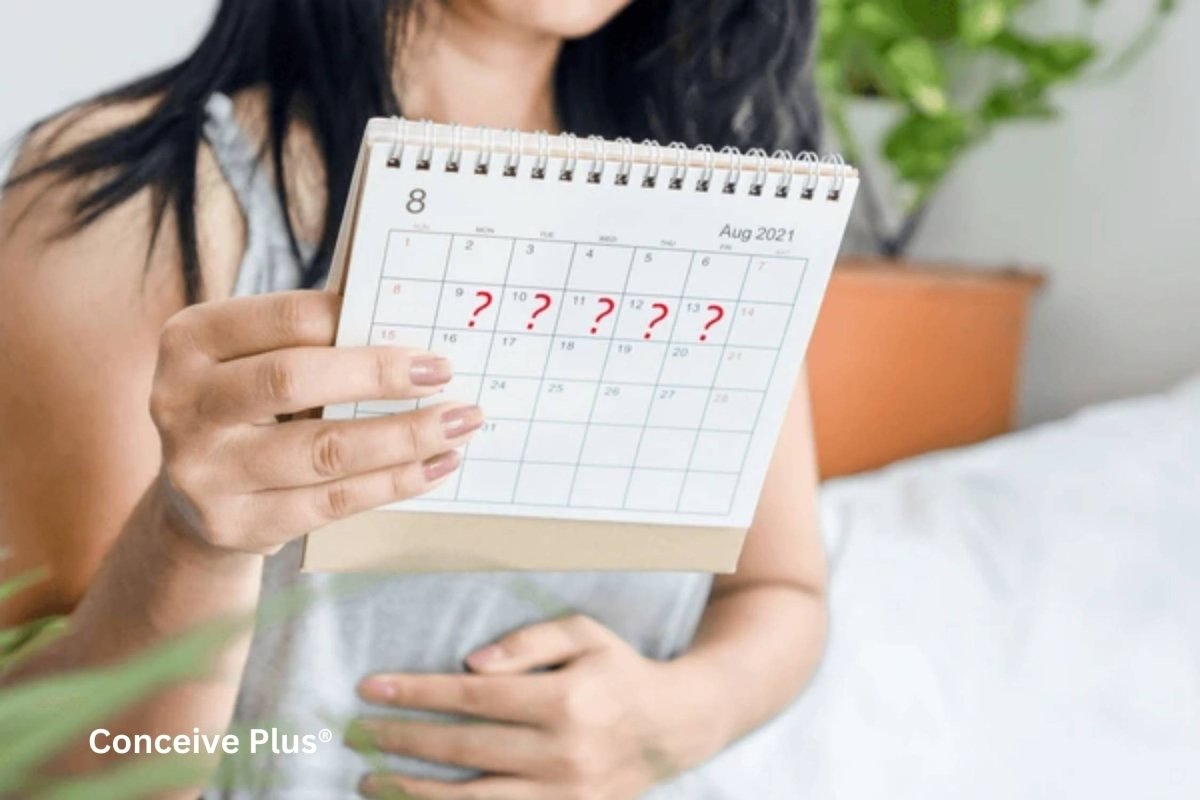
Understanding your menstrual cycle is key to maximizing your chances of conception, especially if you have a shorter cycle. While the average cycle length is typically 28 days, many people have a 26-day cycle, which is still well within the normal range. Knowing how ovulation, fertility windows, and timing affect conception will help you answer questions like, “Can you get pregnant on a 26-day cycle?” and empower you on your journey toward pregnancy. Additionally, understanding how many days in pregnancy there are—usually around 280 days or 40 weeks—can provide clarity on how cycle timing connects to the larger picture.
The Basics of a 26-Day Menstrual Cycle
A menstrual cycle begins on the first day of bleeding and ends the day before your next period starts. A 26-day cycle means you have a slightly shorter-than-average interval between periods. It also means your fertile window — the time when you're most likely to conceive — occurs earlier than it would for someone with a 28-day cycle.[1]
In a 26-day cycle, ovulation typically happens around day 12 (though this can vary slightly). The fertile window generally starts about 5 days before ovulation, due to the lifespan of sperm, and lasts for about 24 hours after the egg is released. This means that for a 26-day cycle, the most fertile period typically falls between days 7 and 13 of your cycle.
How Ovulation Timing Impacts Conception
Ovulation is the process by which a mature egg is released from the ovary. Once released, the egg remains viable for up to 24 hours. If sperm are present in the reproductive tract during this time, conception can occur.[2]
For someone with a 26-day cycle, pinpointing ovulation accurately is crucial because of the shorter window for conception. Methods to track ovulation include:
- Ovulation Predictor Kits (OPKs): These detect the surge of luteinizing hormone (LH) that precedes ovulation by about 24-36 hours.
- Basal Body Temperature (BBT) Charting: Measuring your body temperature each morning can help identify the slight increase that occurs after ovulation.[3]
- Cervical Mucus Monitoring: Around ovulation, cervical mucus becomes clear, stretchy, and similar to raw egg whites, indicating fertility.
- Cycle Tracking Apps: Digital tools can provide personalized insights based on your cycle data.
Understanding when you ovulate helps answer the question, “can you get pregnant on a 26 day cycle?” The answer is yes — provided you time intercourse during your fertile window.
Fertility Considerations for a 26 Day Cycle
While having a 26 day cycle is normal, shorter cycles may raise concerns for some people. It's essential to understand how cycle length might influence conception:
- Short Luteal Phase: The luteal phase is the period between ovulation and the start of your next period, typically lasting 12-14 days. If your luteal phase is shorter than 10 days, implantation may be compromised, making conception more challenging. This is known as a luteal phase defect and can sometimes be managed with medical intervention.
- Timing Intercourse: Given the shorter cycle, aiming for regular intercourse every 1-2 days during your fertile window can optimize your chances. For example, if you ovulate on day 12, having intercourse between days 7 and 13 is ideal.[4]
- Hormonal Health: Hormone levels play a critical role in maintaining a balanced cycle. If you experience irregularities or have difficulty conceiving, consulting a healthcare provider to check hormone levels (e.g., progesterone, LH, and FSH) may be beneficial.
Does a Shorter Cycle Affect Fertility?
For most people, a 26 day cycle does not negatively impact fertility. Variations in cycle length are common, and a cycle between 21 and 35 days is considered normal. However, consistently shorter cycles (less than 21 days) or significant cycle irregularities might indicate underlying issues, such as perimenopause or a thyroid imbalance, which could affect fertility.
If you’ve been tracking your cycle and have regular 26-day intervals, your fertility potential is typically the same as someone with a 28-day cycle. The key difference is ensuring you recognize and act on your earlier fertile window.
Conclusion
In summary, getting pregnant with a 26 day menstrual cycle getting pregnant is entirely possible with proper timing and awareness of your fertile window. Since ovulation occurs earlier in shorter cycles, understanding when you’re most fertile is crucial. If you're wondering, “Can you get pregnant on a 26-day cycle?” — the answer is absolutely, as long as intercourse is timed during your fertile days. You can increase your chances of a successful pregnancy by tracking your ovulation and maintaining overall reproductive health. In a 26-day menstrual cycle, getting pregnant is all about timing, preparation, and listening to your body.
References:
- Reed BG, Carr BR. The Normal Menstrual Cycle and the Control of Ovulation. [Updated 2018 Aug 5]. In: Feingold KR, Anawalt B, Blackman MR, et al., editors. Endotext [Internet]. South Dartmouth (MA): MDText.com, Inc.; 2000-. Available from: https://ncbi.nlm.nih.gov/books/NBK279054/
- Soumpasis I, Grace B, Johnson S. Real-life insights on menstrual cycles and ovulation using big data. Hum Reprod Open. 2020 Apr 16;2020(2):hoaa011. doi:10.1093/hropen/hoaa011. PMID: 32328534; PMCID: PMC7164578.
- Steward K, Raja A. Physiology, Ovulation And Basal Body Temperature. [Updated 2023 Jul 17]. In: StatPearls [Internet]. Treasure Island (FL): StatPearls Publishing; 2024 Jan-. Available from: https://www.ncbi.nlm.nih.gov/books/NBK546686/
- Trying to Get Pregnant? Here’s When to Have Sex. (2024). Available- https://www.acog.org/womens-health/experts-and-stories/the-latest/trying-to-get-pregnant-heres-when-to-have-sex




